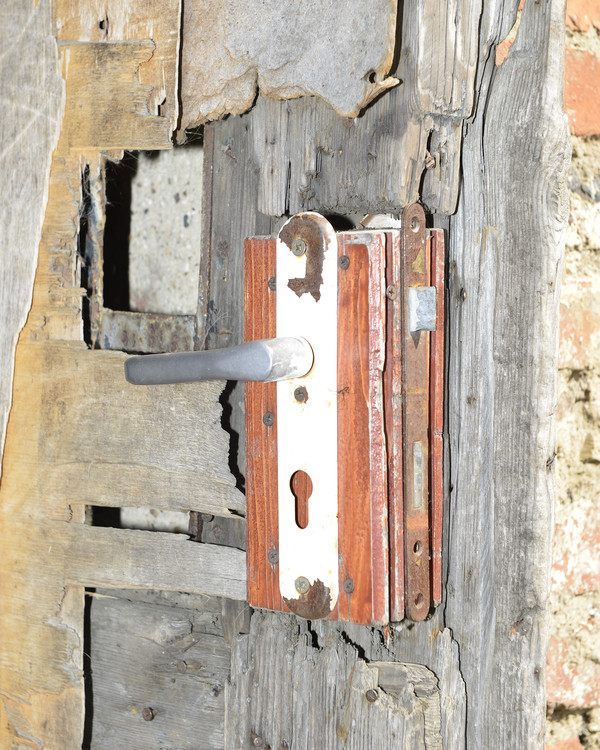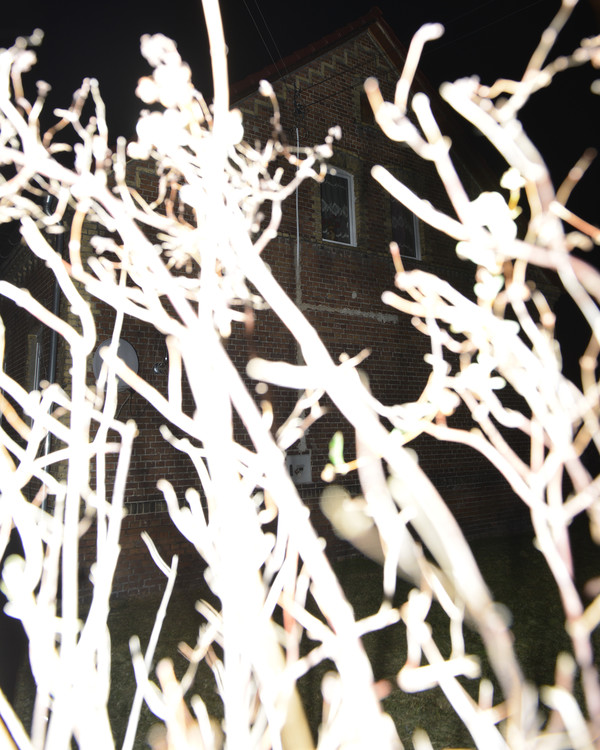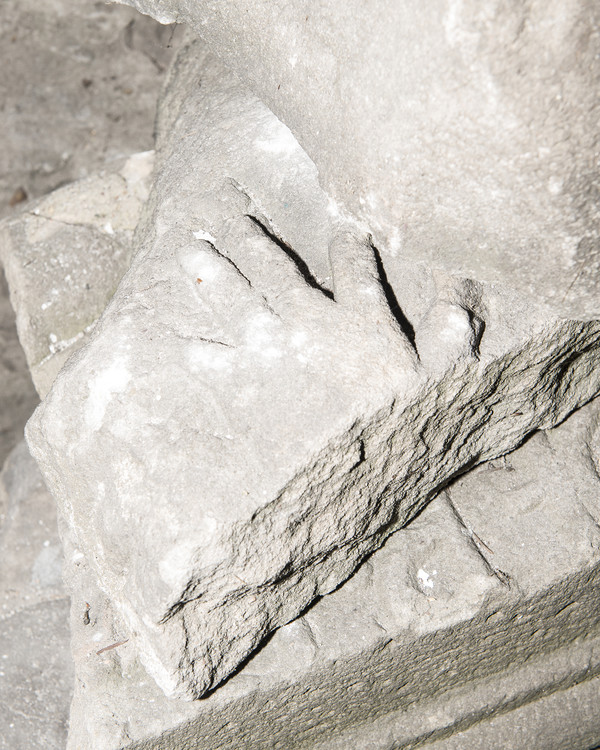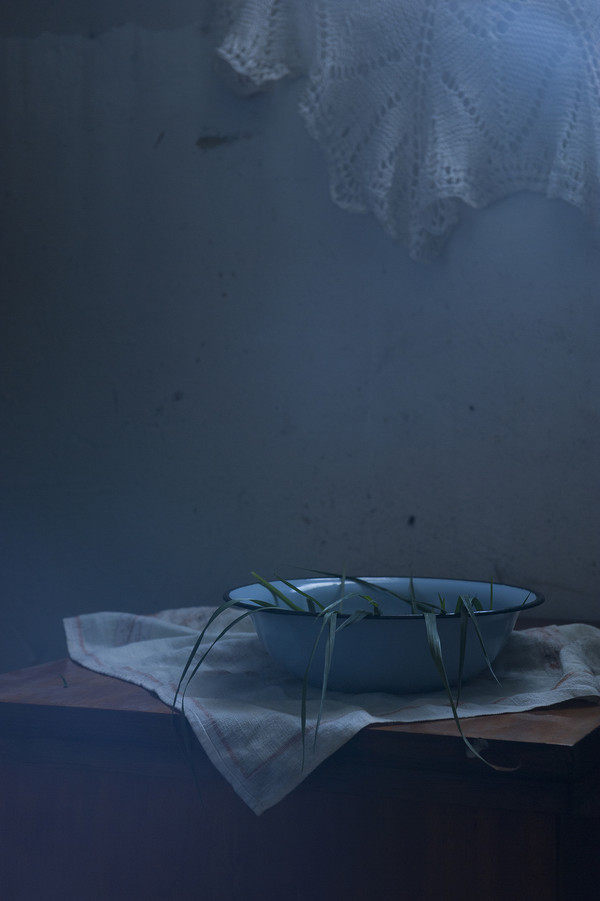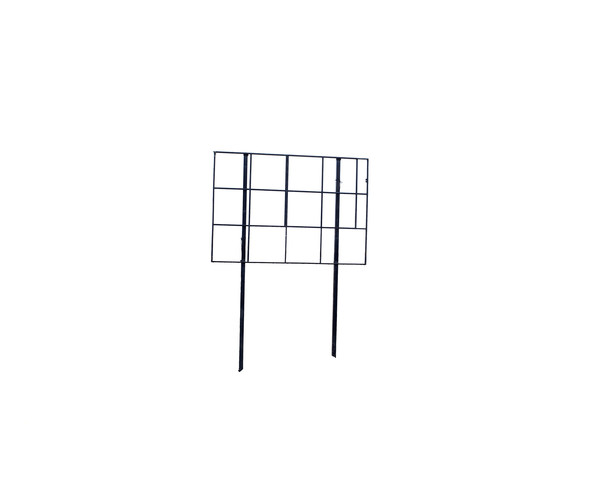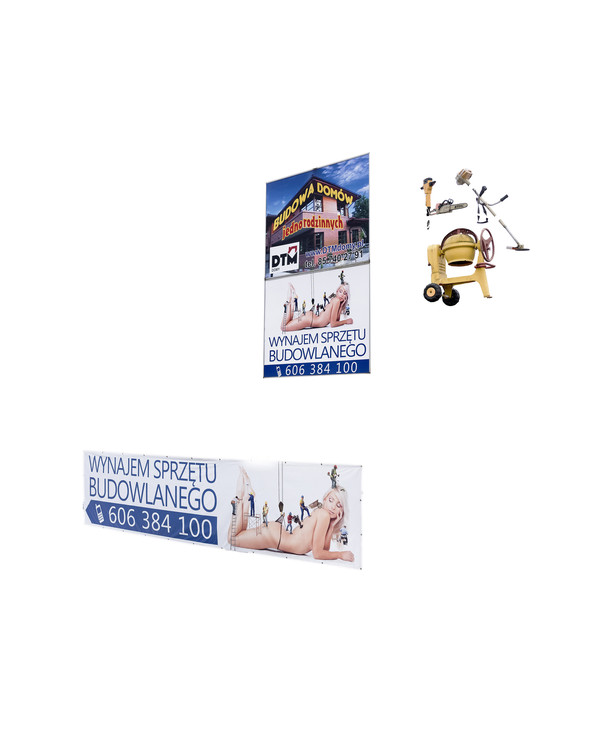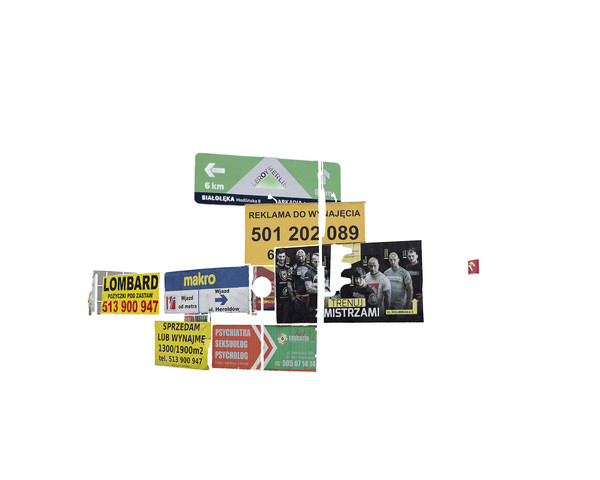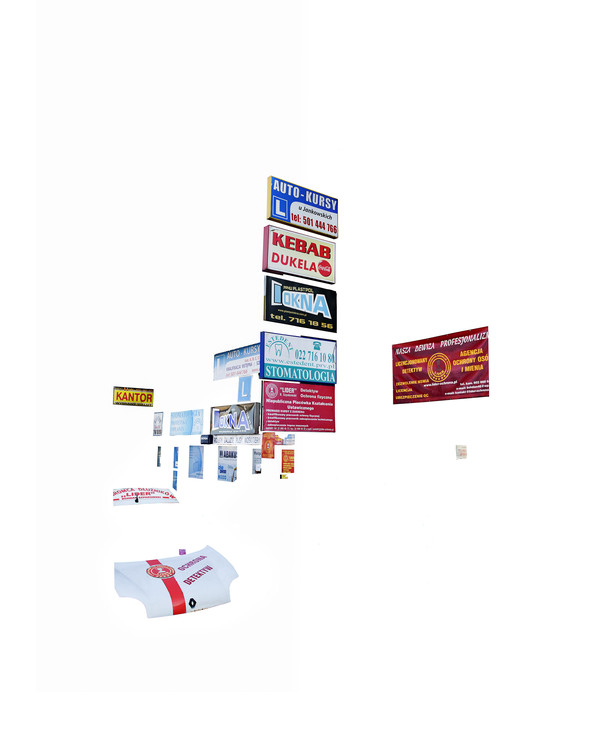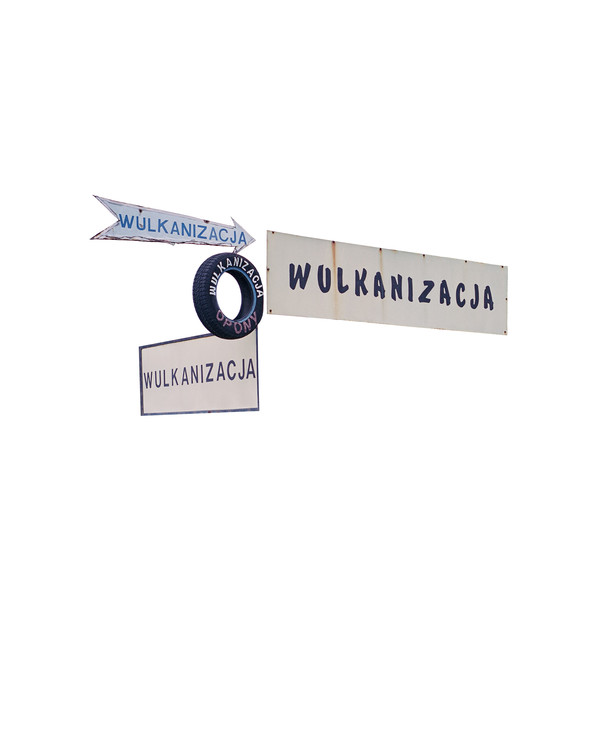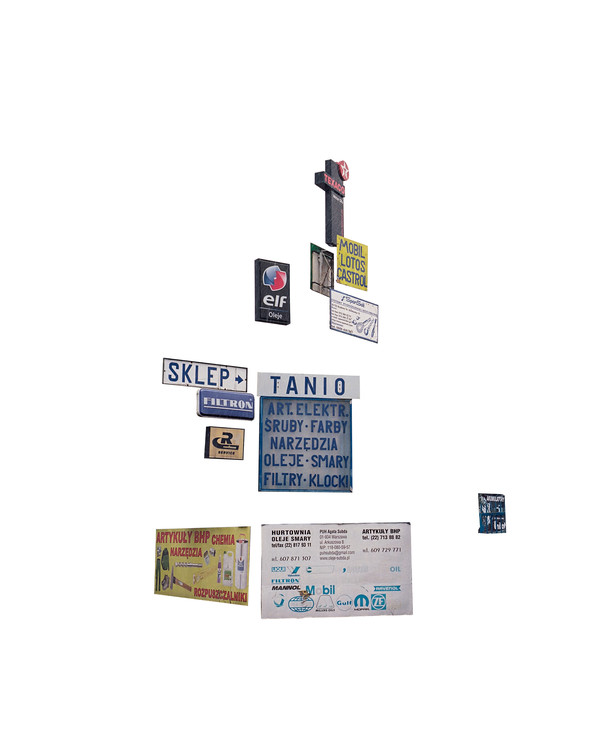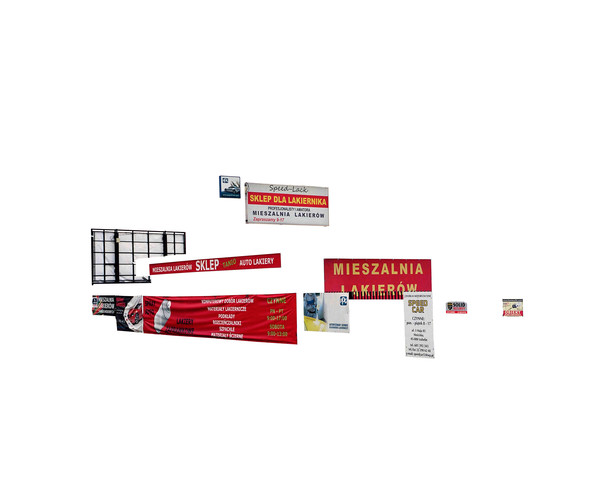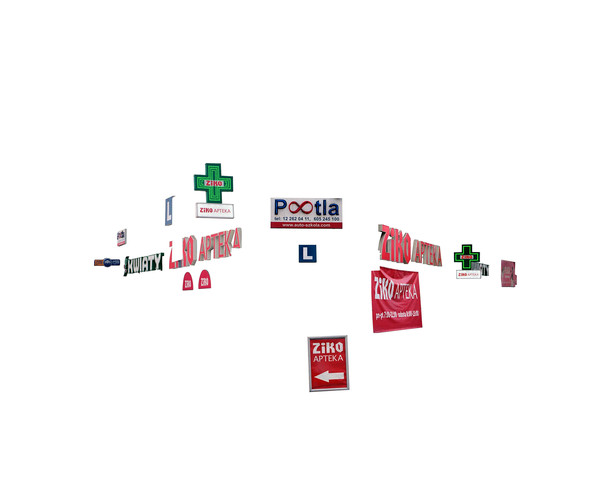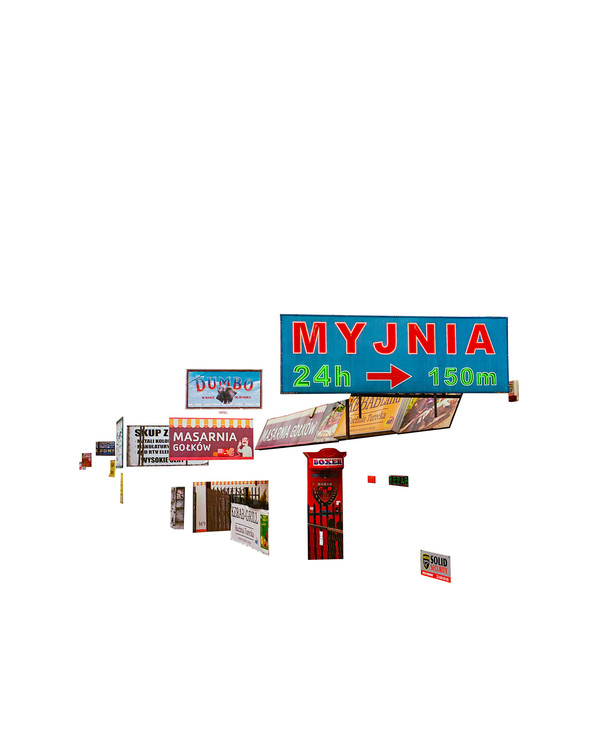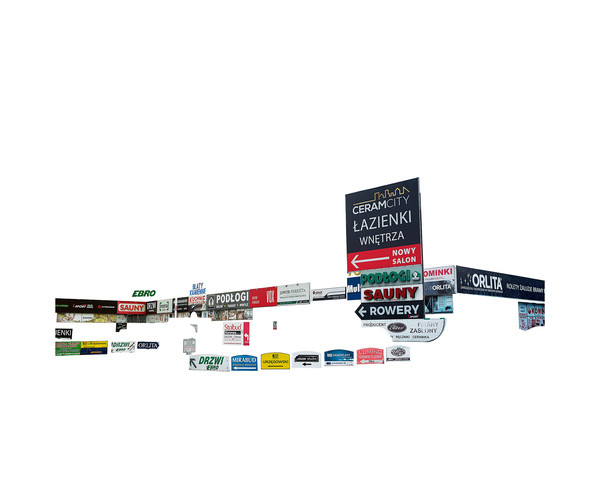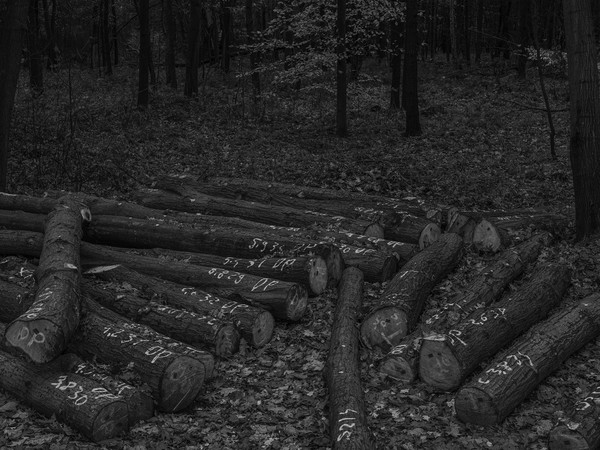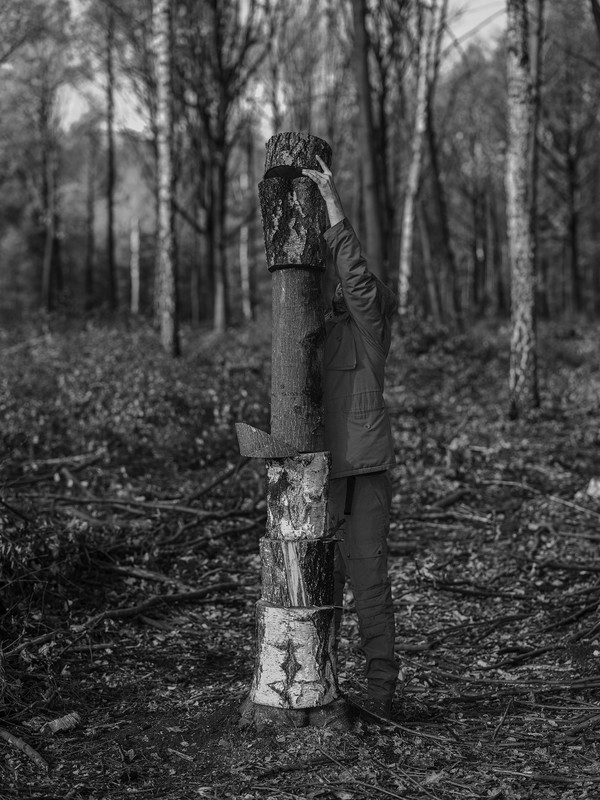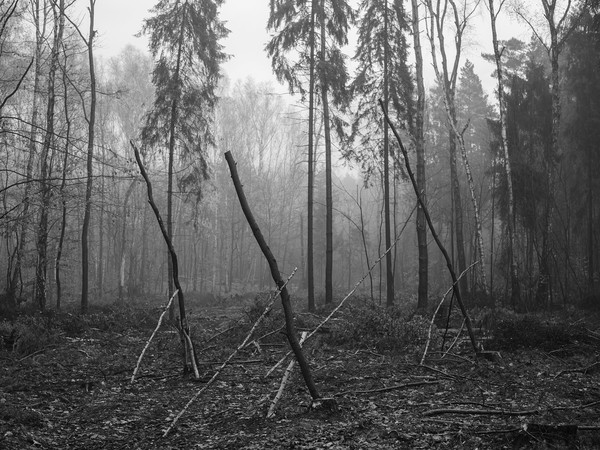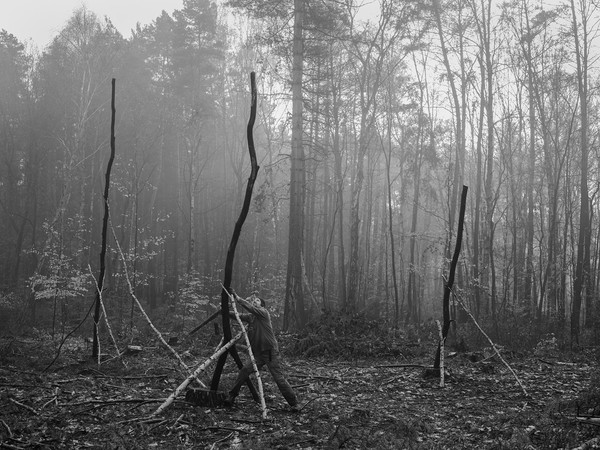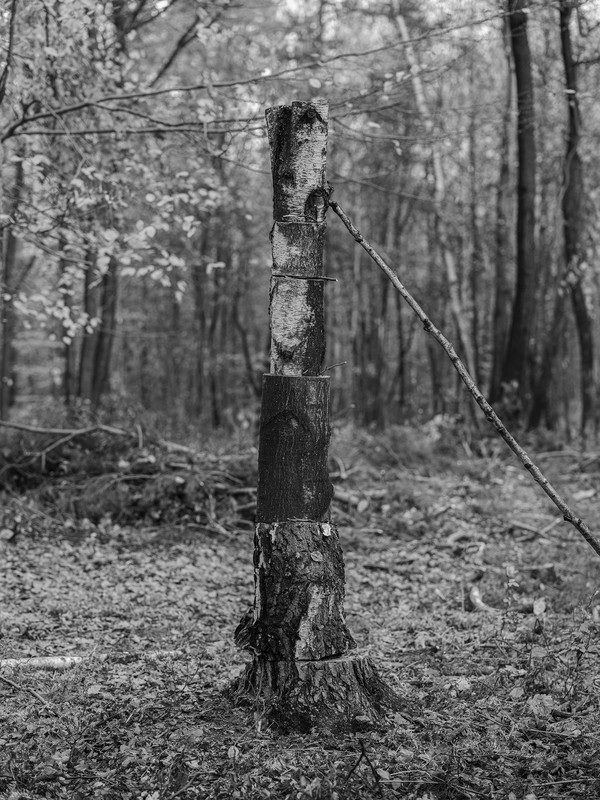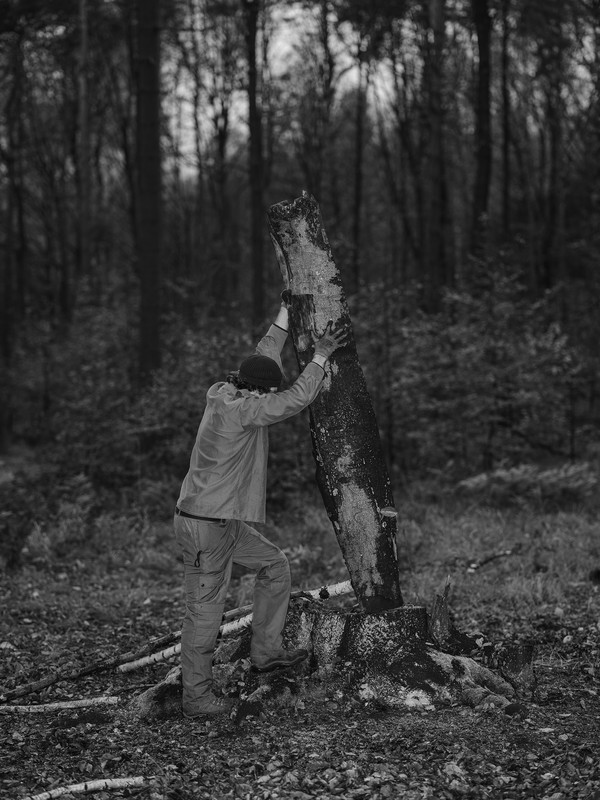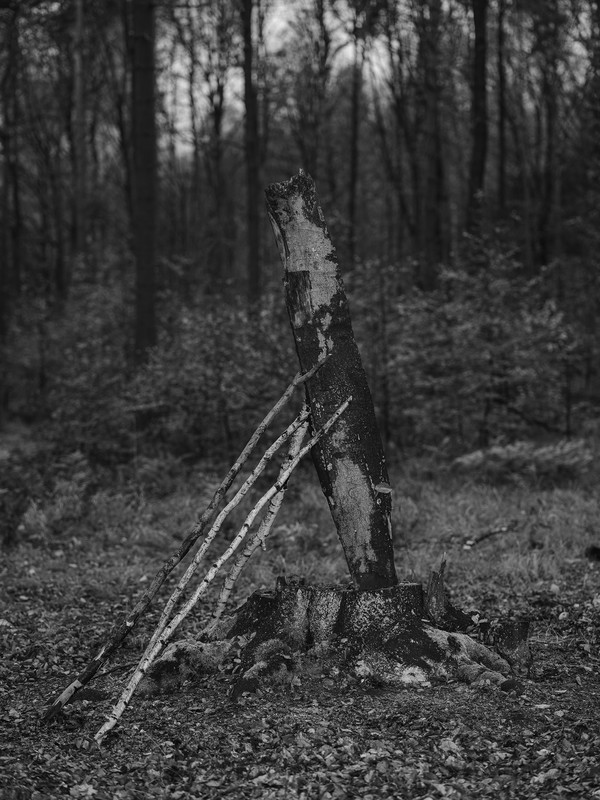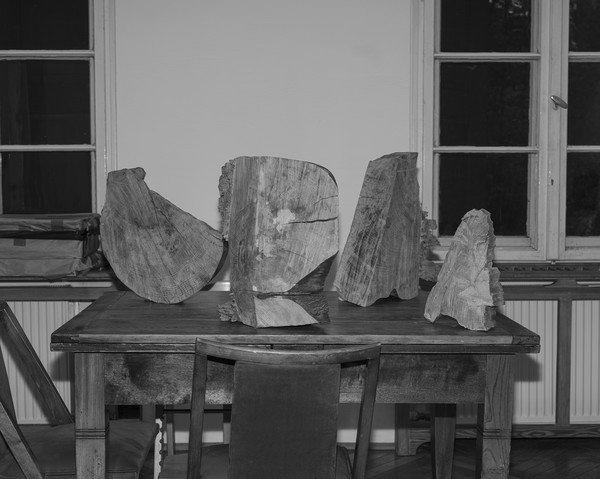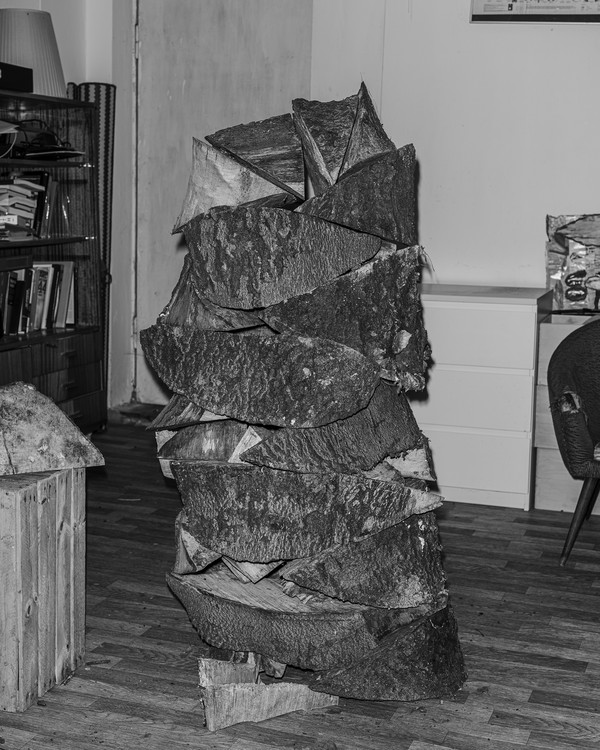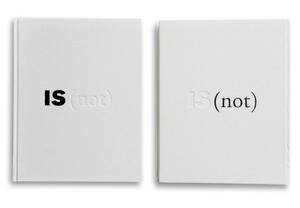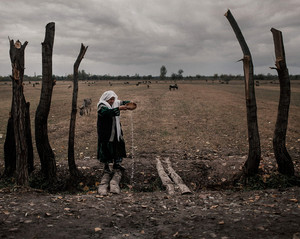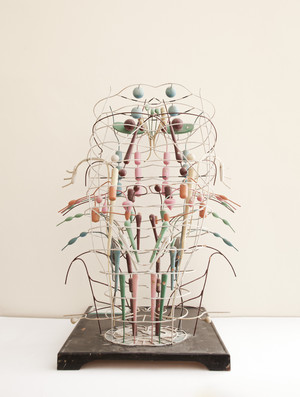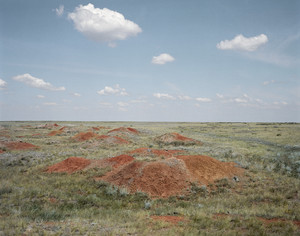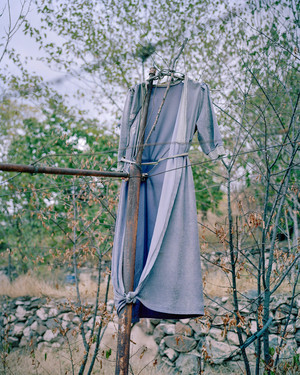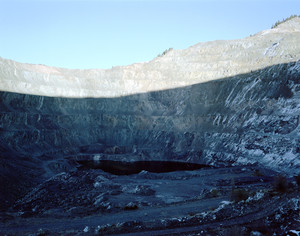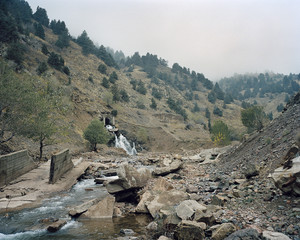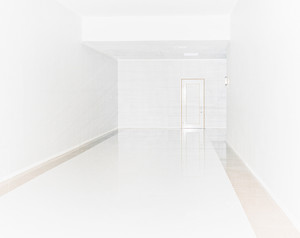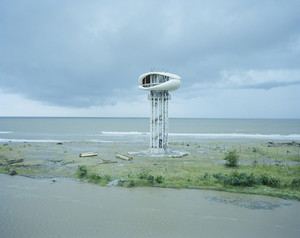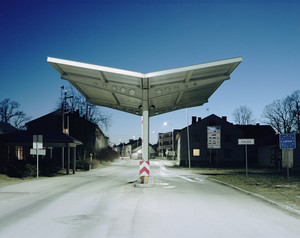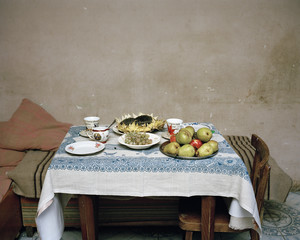POLAND – the state of research
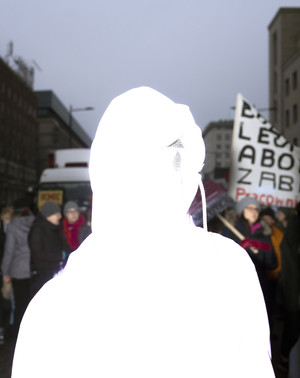
Sputnik Photos collective presents a series of works entitled “Poland – the state of research“. It looks at the condition and identity of contemporary Poland. The photographers refer to disturbing phenomena such as excessive use of natural resources, landscape devastation and the ugliness of buildings, constructing identity around the conflict, negative attitude to the phenomenon of migration, limiting of civil liberties. The visual works were created primarily in 2019, but the exhibition will also include echoes of long-term projects implemented by the artists. The project involves: Rafal Milach, Agnieszka Rayss, Adam Panczuk, Jan Brykczynski, Michal Luczak, Karolina Gembara. Project supported by the City Council of Warsaw within the project “Polish Experiment”.
Rafal Milach: "Oscillations”
The Rafał Milach exhibition at Warsaw’s Galeria Studio can be seen as a double narrative. On one level Milach describes and arranges visual manifestations of public protests in Poland since 2016; on another level he reflects on his own participation as a grassroots activist. Rafał Milach (1978) is a photographer and visual artist. He is a co-founder of the Sputnik Photos collective and a Magnum Photos Nominee Member. Milach recently founded the internet platform Archive of Public Protests with contributions from Agata Kubis, Adam Lach, Chris Niedenthal, Wojciech Radwański and Paweł Starzec. Its purpose is to document protests, demonstrations and marches, and the collection will eventually enter into the public domain. The Archive of Public Protests will be launched during the exhibition. One of the pieces presented is Seeding, a collaboration with photographer Karolina Gembara. It was inspired by the wave of demonstrations against restrictions on women’s rights in Poland throughout 2017 and 2018. Currently Rafał Milach and Maciej Pisuk are working on a graphic novel about a self-immolation that took place in Warsaw on October 19, 2017. Rafał Milach captures the street and events that unfold there. Oscillations depict the emotions that emanate from the crowd: anger and enthusiasm, hope and despair. Milach also asks what change mass protests might bring about, and if it is possible at present to build a functioning community out of groups that act spontaneously and under the sway of emotion.
Curated by Dorota Jarecka
Agnieszka Rayss: "Falling soldier"
In Poland, the first generation of people who did not experience the war is beginning to age. For those born in the 1950s, war’s image was cobbled together from the memories and fears of their parents, mixed with the propaganda lessons of history. With each succeeding decade, the media - press photographs, films, TV series, and finally computer games, usually offering a focus on the military fetish: types of weapons, battle strategies, heroic thinking about the figure of the soldier-hero - became increasingly important in creating the image of war.
Karolina Gembara: "Mind of Winter"
The presented series tells the story of the so-called repatriation and the consequences of this process - psychological and identity - from the perspective of the second generation born in the so-called Recovered Territories after the war, to which the author belongs. The author explains: "the events of the war and immediately after the war in what is now Ukraine, the resettlement, the loss of home, the stress of traveling into the unknown, the new house full of foreign smells and objects, often along with the previous tenants - these experiences were experienced not only by my grandparents but by millions of people who were forced to move to the West under the Potsdam decisions. These experiences also meant a life of uncertainty, fear, longing and reluctance to put down roots, to feel at home, to unpack their suitcases." In the project, the author reflects on what it is like to live with a feeling of temporariness. She asks whether, in the context of the current dynamic migration movements, can past experiences teach us anything? Can they help us understand the trauma of those who are forced to leave their home? The commonality of this experience offers hope for compassion towards all those who have experienced loss.
Jan Brykczynski: "Everyday Place."
The author's object of interest was the spaces located on the outskirts of urban development. These places are usually located on the periphery of these cities, and sometimes almost in their centre. These are places uncontrolled by urban planners, where the architecture for all kinds of service activities is shaped from the bottom up. For the most part, then, it is purely functional architecture, designed to enable a given activity, but without care for its appearance. A similar approach prevails among the signs and advertisements that dominate this space, which are intended to be visible, to stand out from others and to inform about the activity. Their aesthetic qualities are again overlooked and reduced to the role of attracting the attention of passersby by any means available. "I would like to confront the viewer with this space that we know so well, but which we prefer not to look at every day," - says the author.
Adam Panczuk: "Questionnaire"
The artist worked with children and young people in the form of workshops in community centers and libraries of small towns. Participants asked their parents and grandparents questions in front of the camera: Who are you? What is important? What do you want? The resulting recordings will be combined, creating a video and at the same time a collective answer to questions about the identity of Poles. The videos will be projected through a machine designed by the artist. It resembles hospital diagnostic equipment, becoming a contribution to research on contemporary society using tools from the world of art. The project was attended by participants from the "Migawka" Photographic Circle in Biała Podlaska, the "Klatka" Photographic Club in Radzyn Podlaski and the Village Cultural Centre in Lubenka.
Michal Luczak: "Forest Works"
A series of large-format photographs and objects by Michal Luczak is a documentation of the author's interventions in forest areas after thinning*. Rickety and clumsy installations made of branches, stumps and branches left by lumberjacks emphasise the emptiness left by the trees that just a few weeks earlier grew in these places. The forest is where trees have been looked at for centuries in terms of timber harvesting, but also in recent years in terms of reducing CO2 emissions. The second perspective is a necessity today, the first is even a tradition and also an important branch of the economy.
* "nurturing forest cutting"
The resulting visual works were presented in Warsaw at exhibitons:
Studio Gallery, Pałac Kultury i Nauki, Plac Defilad 1,
Rafal Milach
Opening: December 9th, 2019, 7pm
Exhibition open: 09/12/2019 – 02/02/2020
More about the show: https://www.teatrstudio.pl/pl/galeria
18A Gallery, ul. Bracka 20B (Brzozowski Palace)
Agnieszka Rayss, Jan Brykczynski, Michal Luczak, Adam Panczuk
Opening: December 10th 2019, 7pm – panel talk with the artists
Exhibition open: 10/12/2019 – 29/12/2019
Program Gallery, ul. Andersa 13
Karolina Gembara
Opening: December 11-th, 2019, 7pm
Exhibition open: 11/12/2019 – 20/12/2019
The exhibitions were accompanied by actions related to the themes addressed, with the participation of guest artists from the performing and related arts.
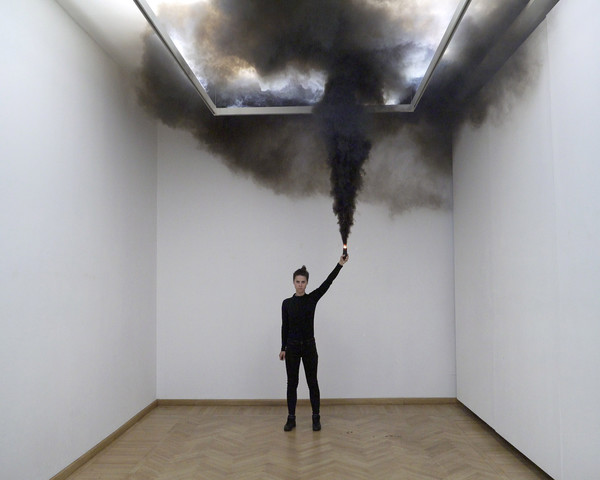
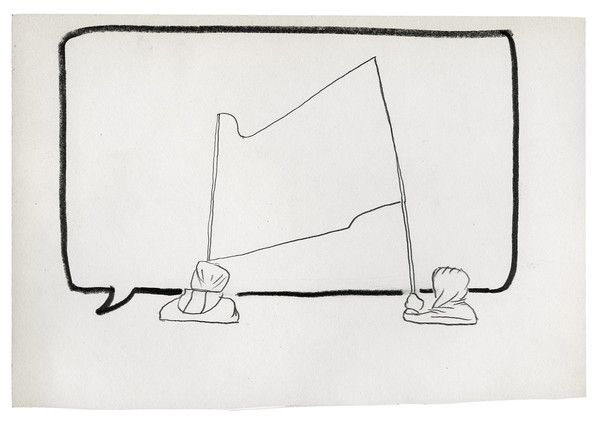

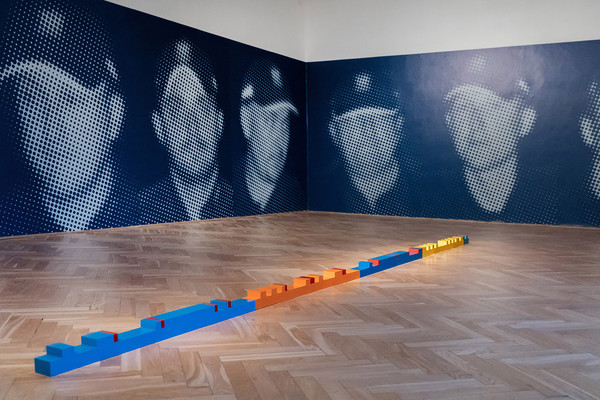
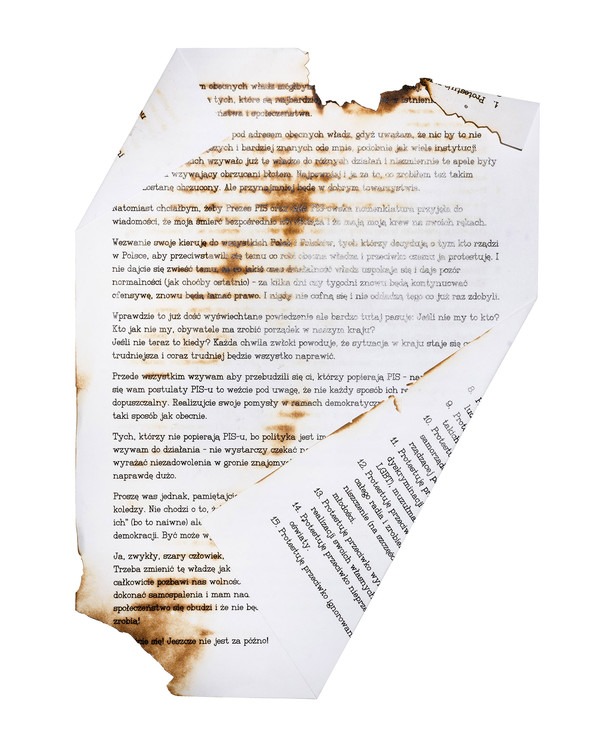
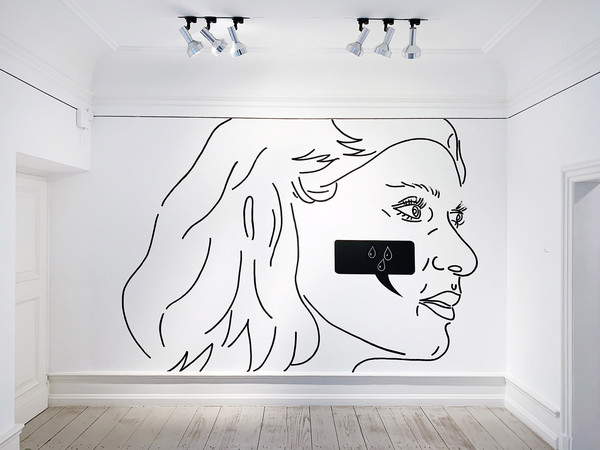
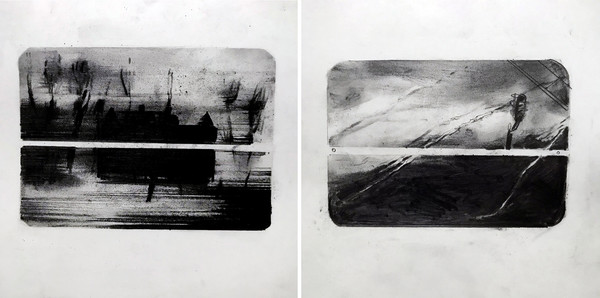
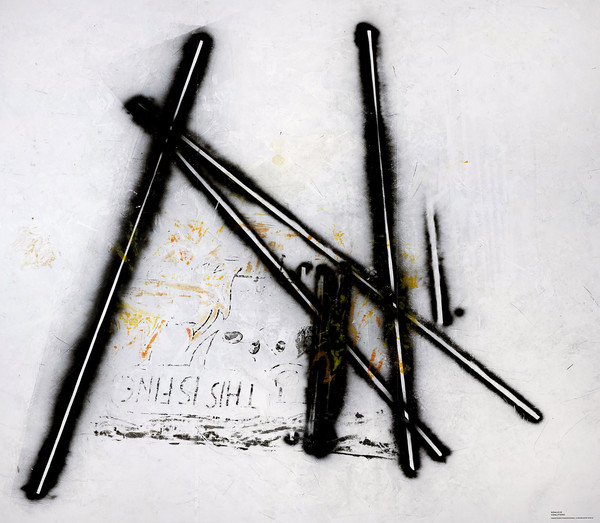
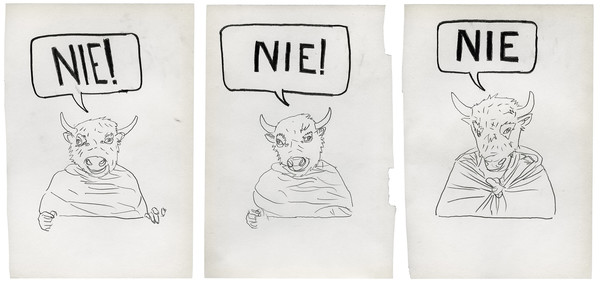
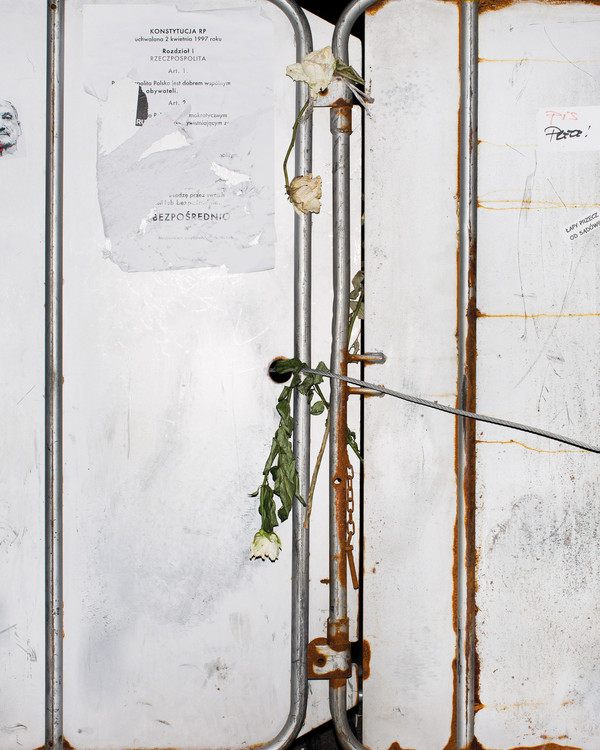
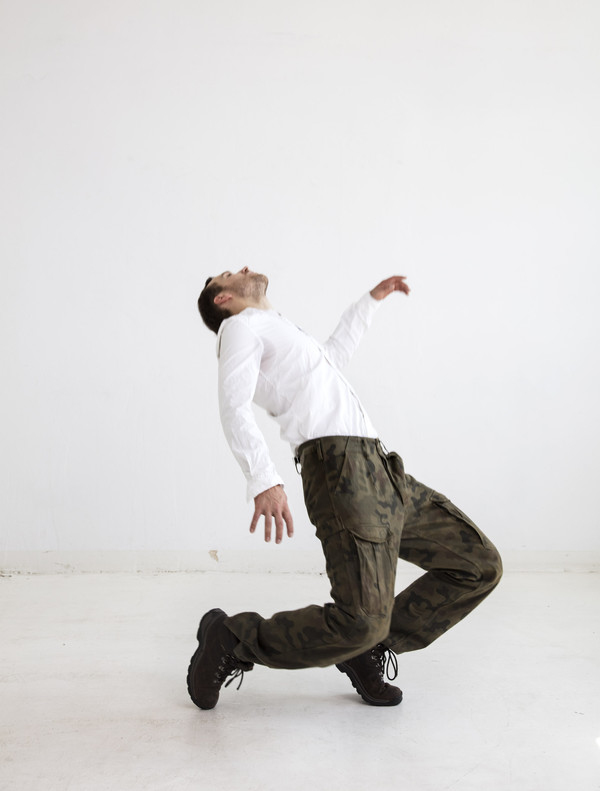
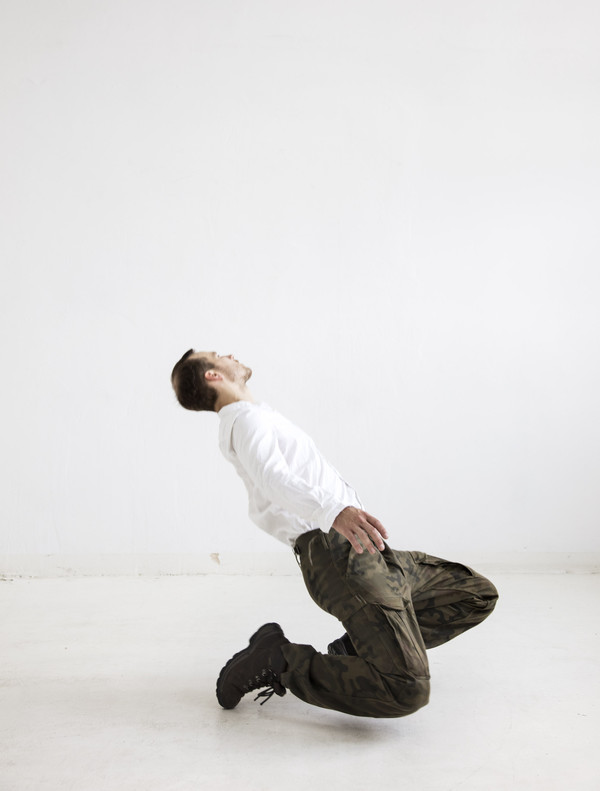
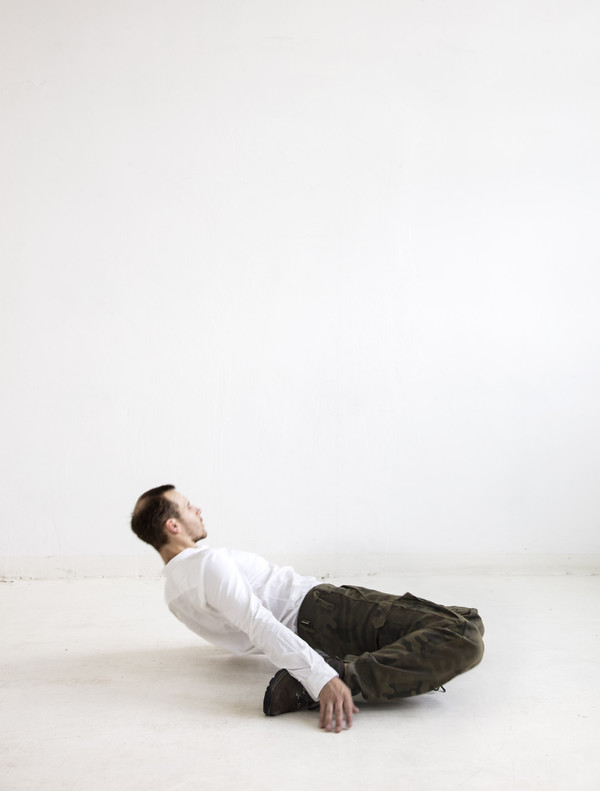
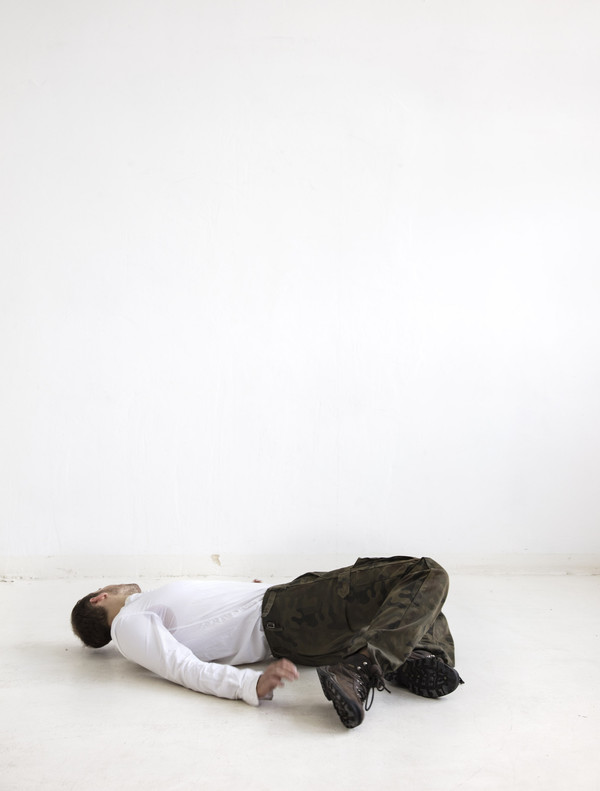
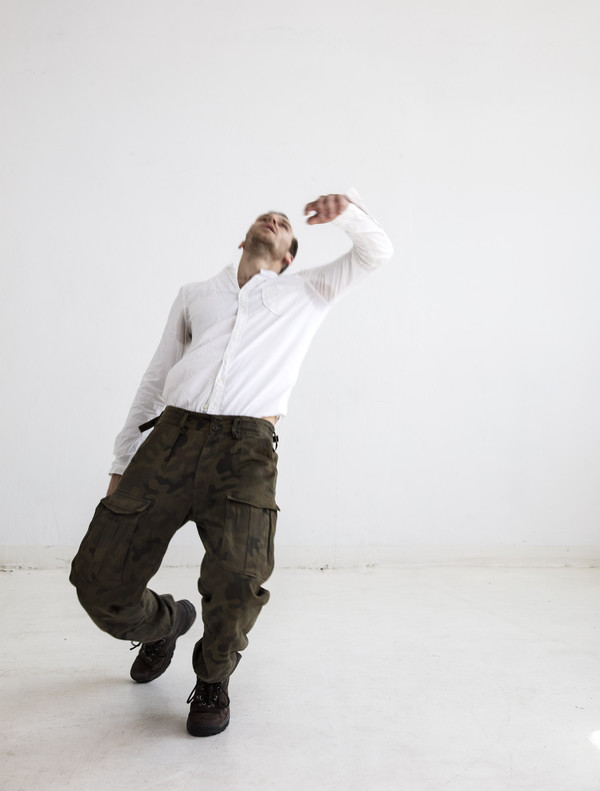
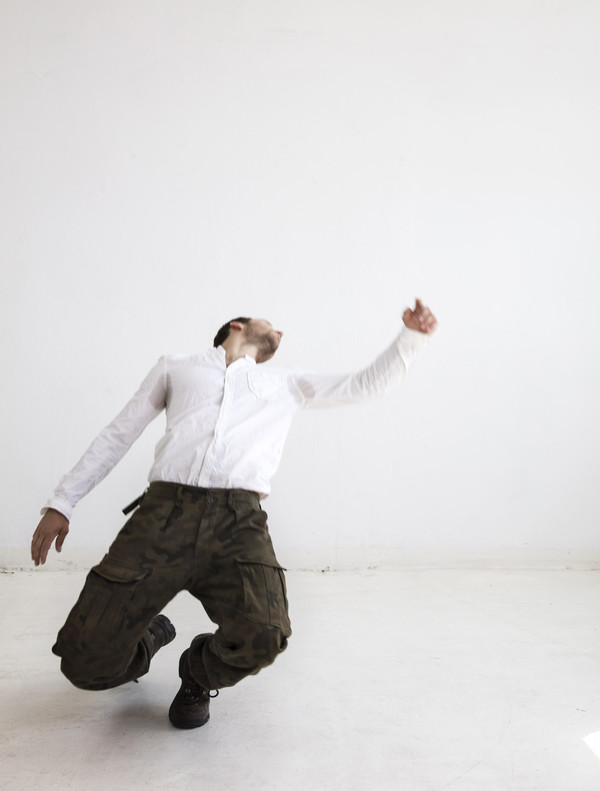
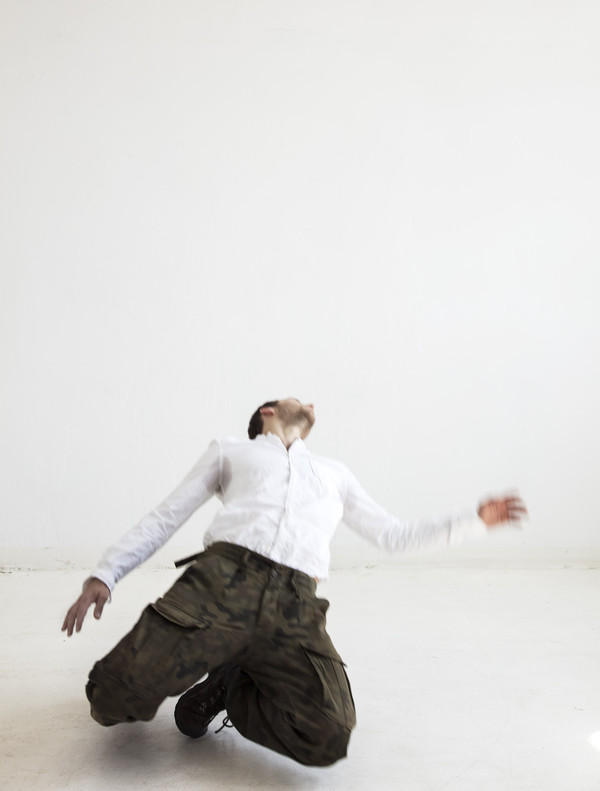
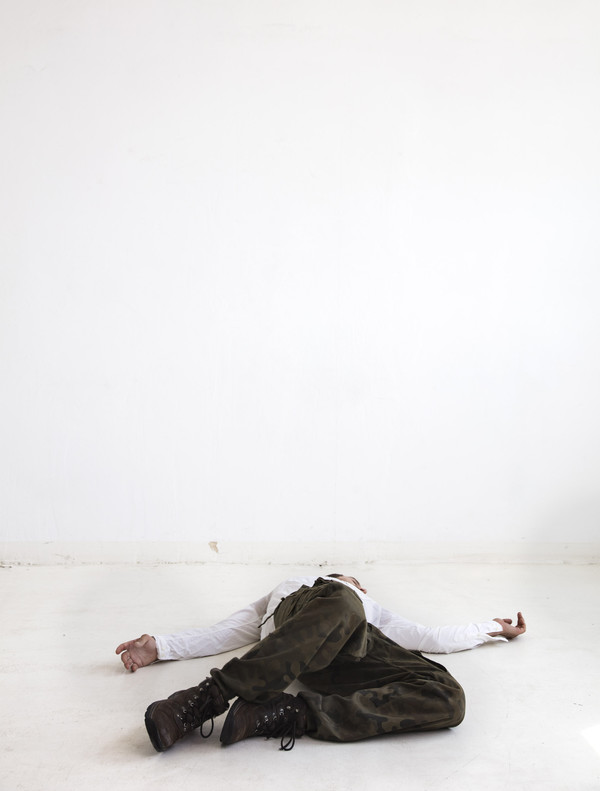
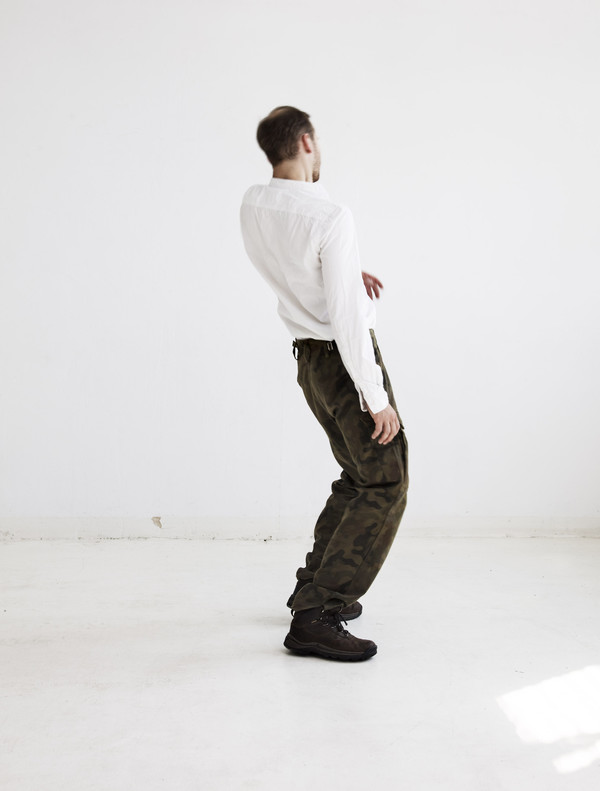
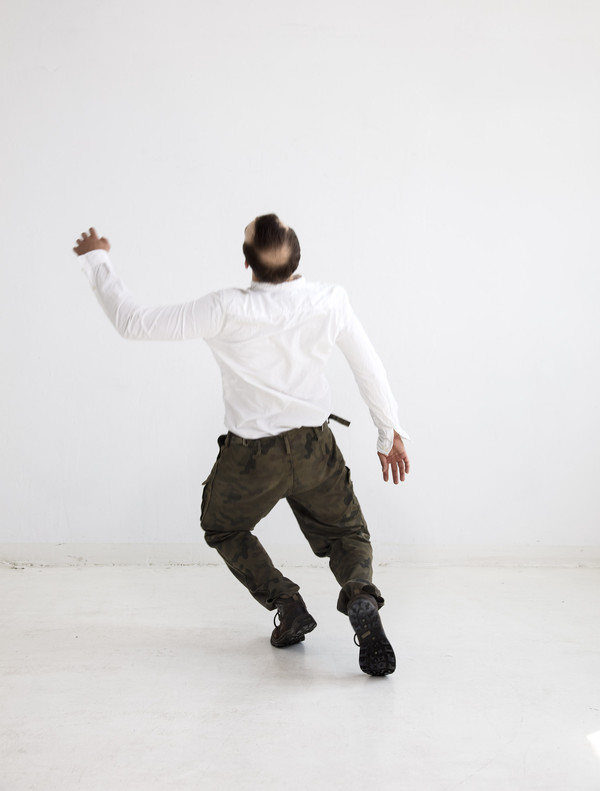
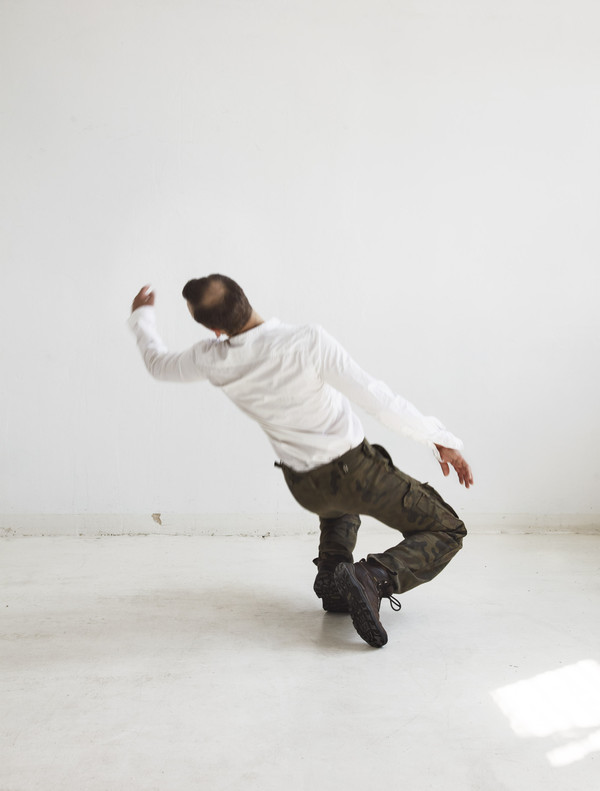
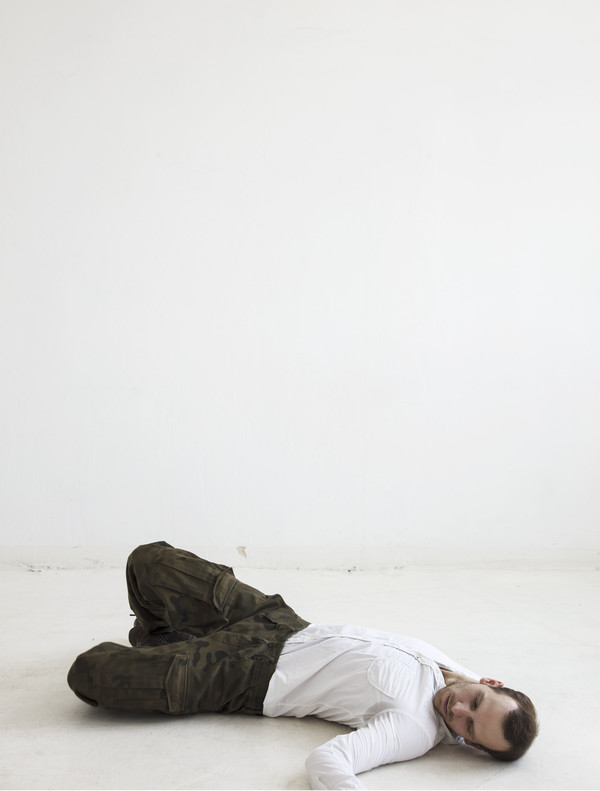
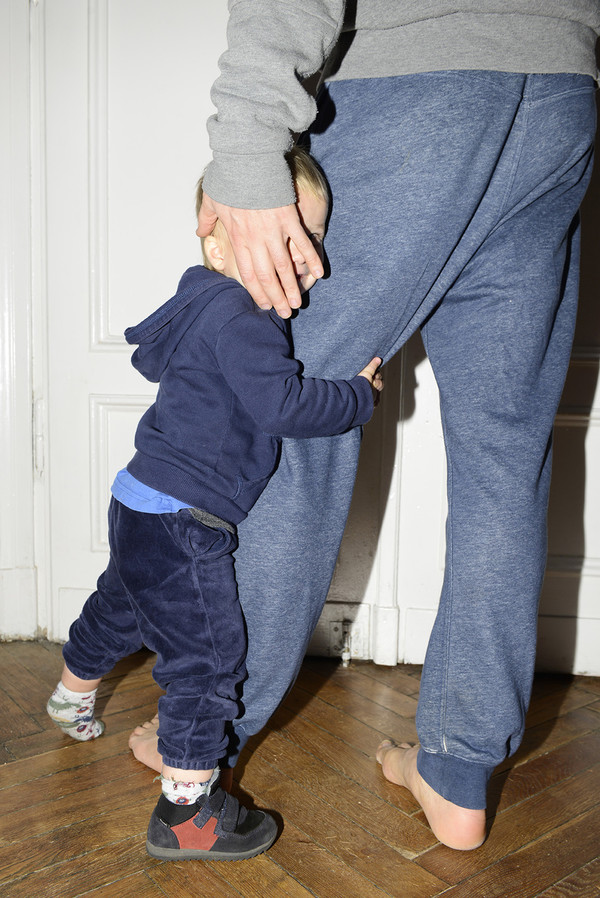
.jpg)
.jpg)
